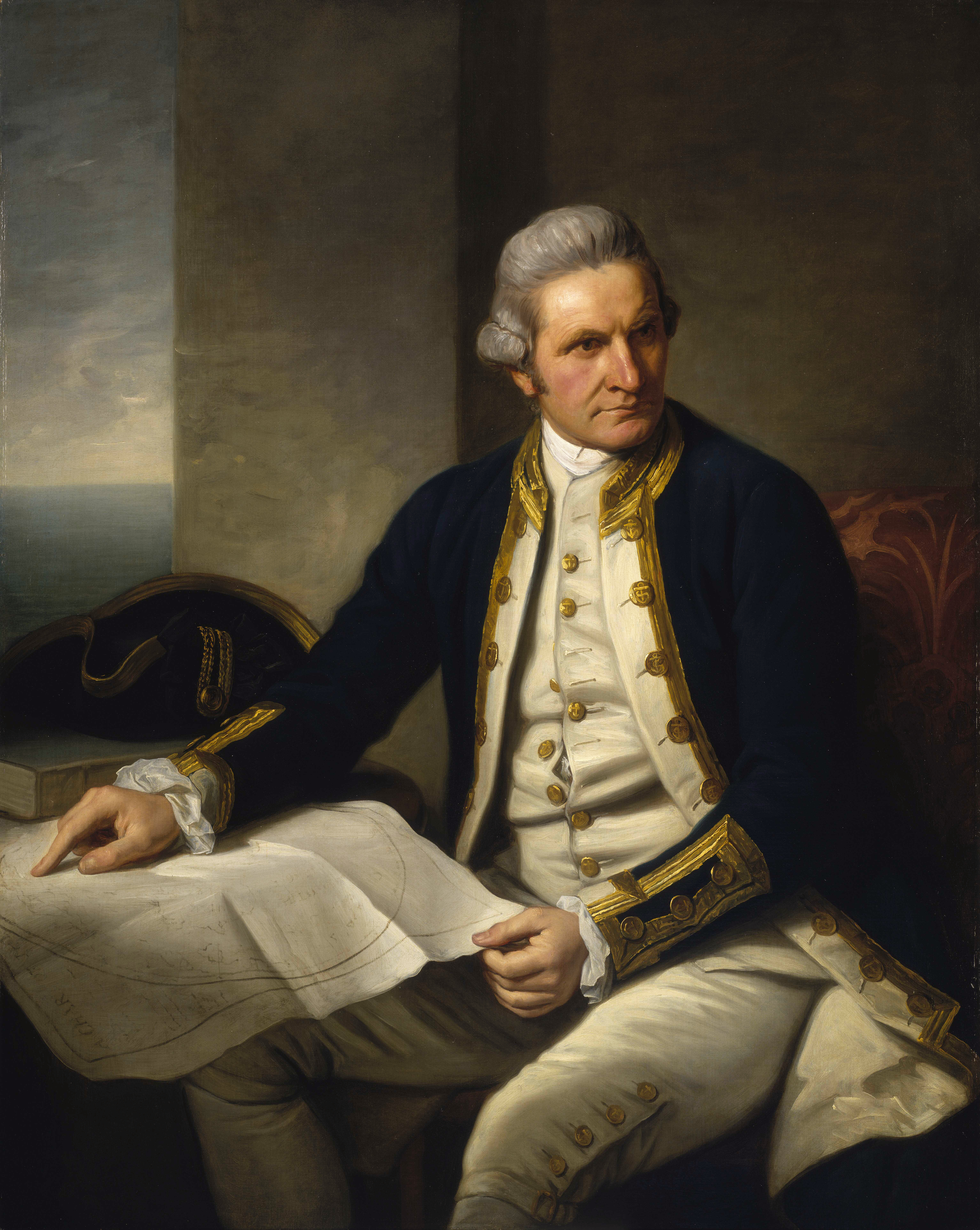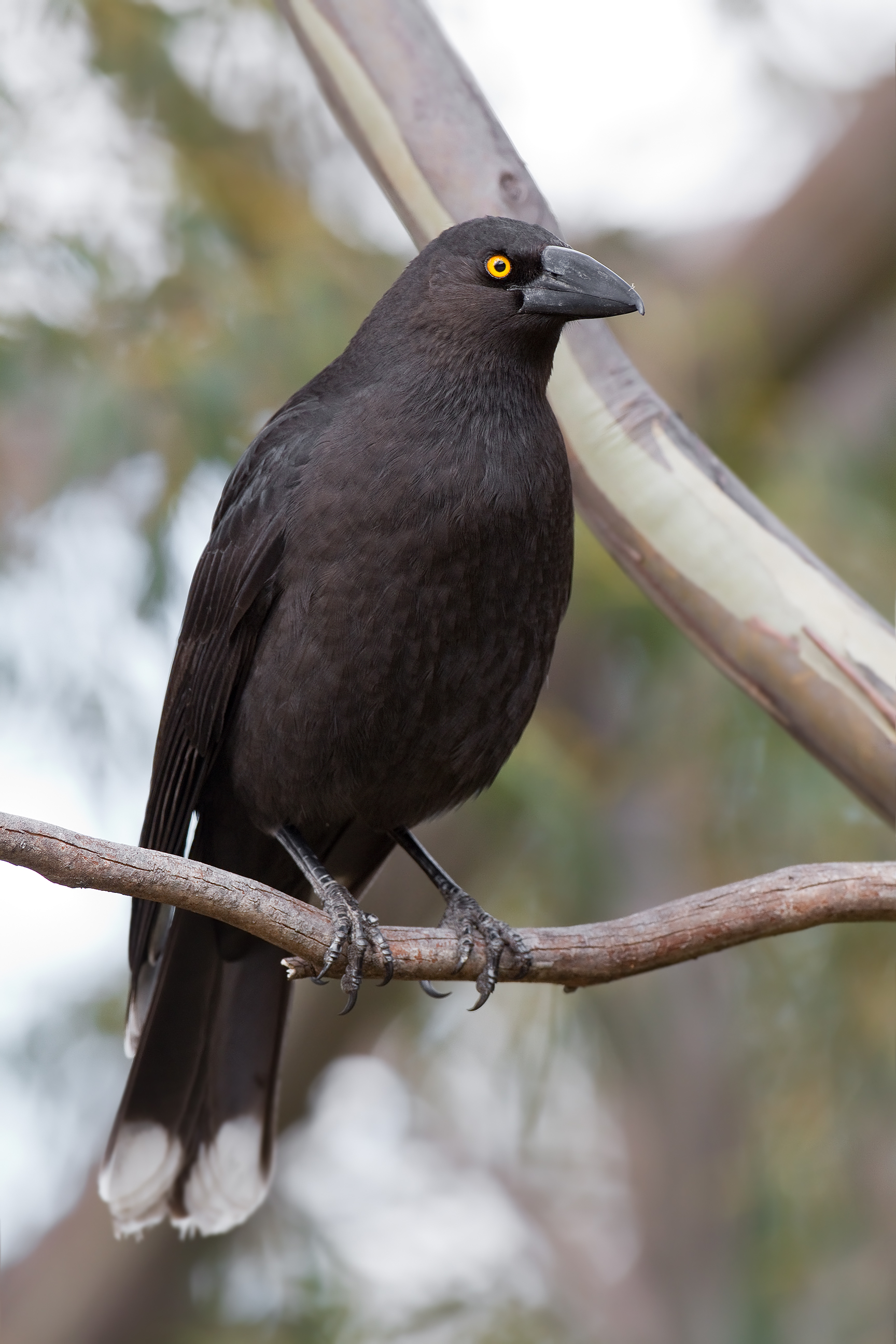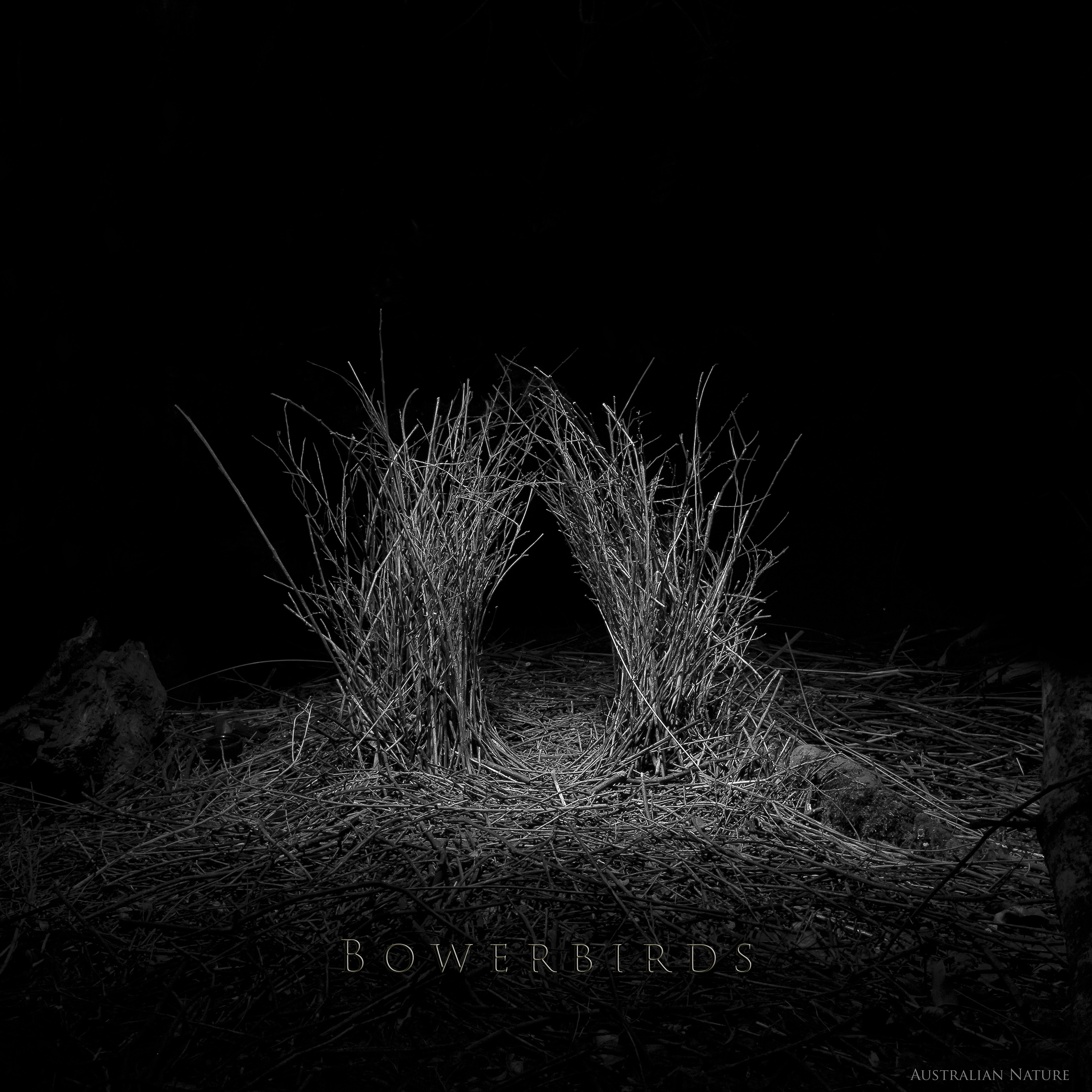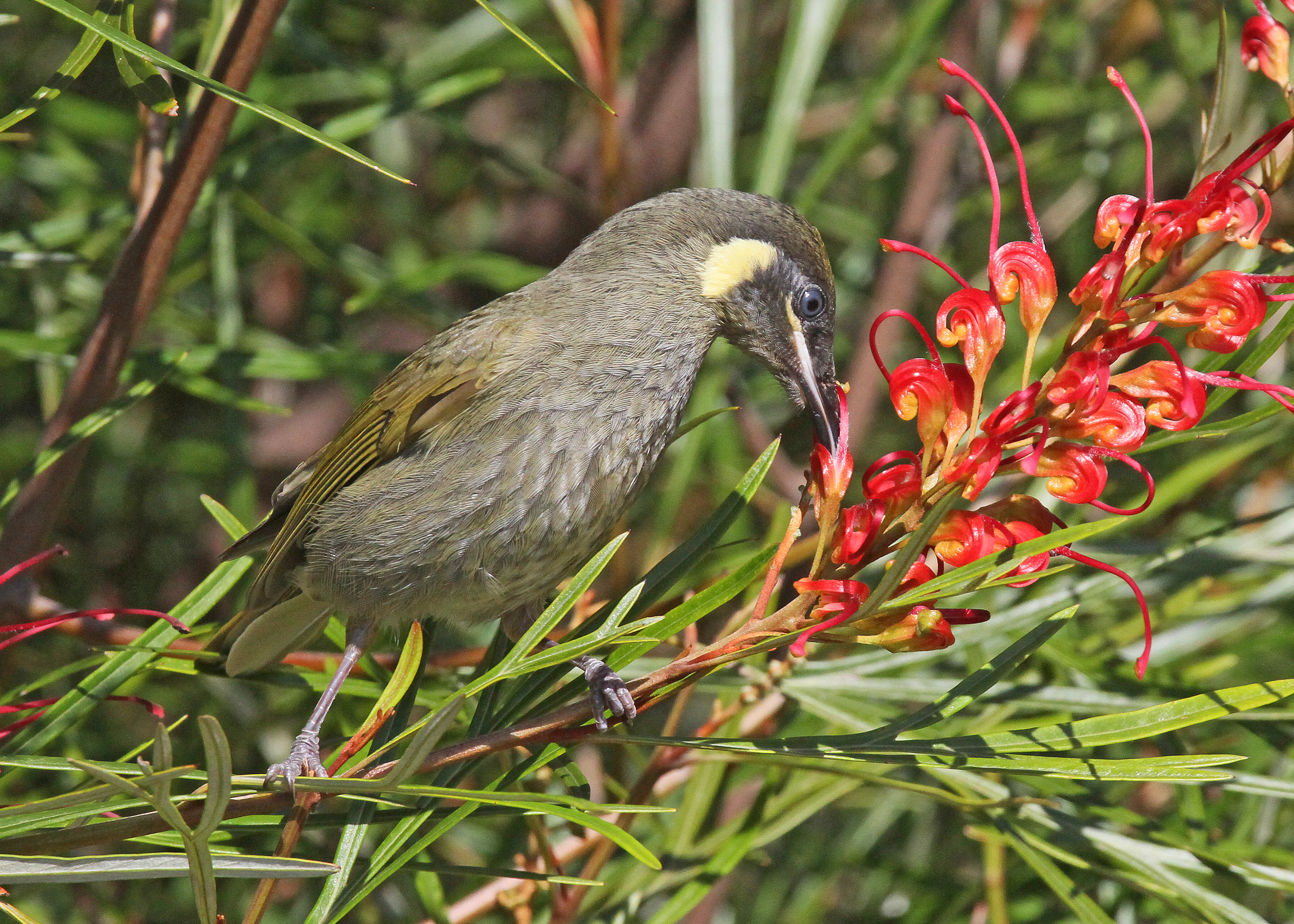|
Homalanthus Nutans
''Homalanthus nutans'', known locally as the mamala tree, is a species of plant in the family Euphorbiaceae. In Australia it is known as the bleeding heart and the Queensland poplar. Samoan healers use the tree's bark in a concoction made to treat hepatitis. Research has indicated that a chemical from the bark called prostratin has '' in vitro'' activity against HIV. Description ''Homalanthus nutans'' is a small tree or bushy shrub up to tall. The trunk has fairly smooth, greyish-brown bark. The rather stout branches are green or reddish, and the twigs exude a white, milky sap when damaged. The alternately arranged leaves have a pair of small stipules at the base of the long petiole, which is often a reddish colour. The leaf blade is hairless, heart-shaped or triangular, long by wide, with a smooth, untoothed margin. The underside is often greyish and mature leaves turn red as they age. The inflorescence is a terminal yellowish-green spike, the male and female flowers bei ... [...More Info...] [...Related Items...] OR: [Wikipedia] [Google] [Baidu] |
Johann Georg Adam Forster
Johann George Adam Forster, also known as Georg Forster (, 27 November 1754 – 10 January 1794), was a German naturalist, ethnologist, travel writer, journalist and revolutionary. At an early age, he accompanied his father, Johann Reinhold Forster, on several scientific expeditions, including James Cook's second voyage to the Pacific. His report of that journey, '' A Voyage Round the World'', contributed significantly to the ethnology of the people of Polynesia and remains a respected work. As a result of the report, Forster, who was admitted to the Royal Society at the early age of twenty-two, came to be considered one of the founders of modern scientific travel literature. After returning to continental Europe, Forster turned toward academia. He taught natural history at the Collegium Carolinum in the Ottoneum, Kassel (1778–84), and later at the Academy of Vilna (Vilnius University) (1784–87). In 1788, he became head librarian at the University of Mainz. Most ... [...More Info...] [...Related Items...] OR: [Wikipedia] [Google] [Baidu] |
Society Islands
The Society Islands (french: Îles de la Société, officially ''Archipel de la Société;'' ty, Tōtaiete mā) are an archipelago located in the South Pacific Ocean. Politically, they are part of French Polynesia, an overseas country of the French Republic. Geographically, they form part of Polynesia. The archipelago is believed to have been named by Captain James Cook during his first voyage in 1769, supposedly in honour of the Royal Society, the sponsor of the first British scientific survey of the islands; however, Cook wrote in his journal that he called the islands ''Society'' "as they lay contiguous to one another." History Dating colonization The first Polynesians are understood to have arrived on these islands around 1000AD. Oral history origin The islanders explain their origins in term of a orally transmitted story. The feathered god Ta'aroa lay in his shell. He called out but no-one answered, so he went back into his shell, where he stayed for aeons. When he ... [...More Info...] [...Related Items...] OR: [Wikipedia] [Google] [Baidu] |
Hippomaneae
Hippomaneae is a tribe of flowering plants of the family Euphorbiaceae. It comprises 2 subtribes and 33 genera Genus ( plural genera ) is a taxonomic rank used in the biological classification of living and fossil organisms as well as viruses. In the hierarchy of biological classification, genus comes above species and below family. In binomial .... Genera See also * Taxonomy of the Euphorbiaceae References External links Euphorbiaceae tribes {{Euphorbiaceae-stub ... [...More Info...] [...Related Items...] OR: [Wikipedia] [Google] [Baidu] |
Currawong
Currawongs are three species of medium-sized passerine birds belonging to the genus ''Strepera'' in the family Artamidae native to Australia. These are the grey currawong (''Strepera versicolor''), pied currawong (''S. graculina''), and black currawong (''S. fuliginosa''). The common name comes from the call of the familiar pied currawong of eastern Australia and is onomatopoeic. They were formerly known as crow-shrikes or bell-magpies. Despite their resemblance to crows and ravens, they are only distantly related to the corvidae, instead belonging to an Afro-Asian radiation of birds of superfamily Malaconotoidea. They are not as terrestrial as the magpie and have shorter legs. They are omnivorous, foraging in foliage, on tree trunks and limbs, and on the ground, taking insects and larvae (often dug out from under the bark of trees), fruit, and the nestlings of other birds. They are distinguishable from magpies and crows by their comical flight style in amongst foliage, appe ... [...More Info...] [...Related Items...] OR: [Wikipedia] [Google] [Baidu] |
Bowerbird
Bowerbirds () make up the bird family Ptilonorhynchidae. They are renowned for their unique courtship behaviour, where males build a structure and decorate it with sticks and brightly coloured objects in an attempt to attract a mate. The family has 27 species in eight genera. These are medium to large-sized passerines, ranging from the golden bowerbird at and to the great bowerbird at and . Their diet consists mainly of fruit but may also include insects (especially for nestlings), flowers, nectar and leaves in some species. The satin and spotted bowerbirds are sometimes considered agricultural pests due to their habit of feeding on introduced fruit and vegetable crops and have occasionally been killed by affected orchardists. The bowerbirds have an Austro-Papuan distribution, with ten species endemic to New Guinea, eight endemic to Australia, and two found in both. Although their distribution is centered on the tropical regions of New Guinea and northern Australia, some s ... [...More Info...] [...Related Items...] OR: [Wikipedia] [Google] [Baidu] |
Lewin's Honeyeater
Lewin's honeyeater (''Meliphaga lewinii'') is a bird that inhabits the ranges along the east coast of Australia. It has a semicircular ear-patch, pale yellow in colour. The name of this bird commemorates the Australian artist John Lewin. Description The Lewin's honeyeater is small to medium in size . It is dark greenish-grey in colour, with a creamy yellow gape (i.e., the fleshy corners of the mouth). It has large, yellowish, crescent-shaped ear-patches, which distinguish it from other honeyeaters, apart from two similar, but smaller, species in tropical Queensland. In flight, the pale yellow edges of the flight feathers can be seen. The bill is black and the eye is blue-grey. Both sexes are similar in appearance. Young Lewin's honeyeaters are similar to the adults, but have brown eyes. The strong 'machine gun-like' rattling notes of Lewin's honeyeater are heard over long distances, and reveal its presence in an area. Body size, voice, and the shape and size of the ear-patch ... [...More Info...] [...Related Items...] OR: [Wikipedia] [Google] [Baidu] |
Silvereye
The silvereye or wax-eye (''Zosterops lateralis'') is a very small omnivorous passerine bird of the south-west Pacific. In Australia and New Zealand its common name is sometimes white-eye, but this name is more commonly used to refer to all members of the genus '' Zosterops'', or the entire family Zosteropidae. In New Zealand, the silvereye was first recorded in 1832. It arrived in greater numbers in 1856, and it is assumed that a migrating flock was swept eastwards by a storm. As an apparently self-introduced bird it is protected as a native New Zealand species. Its Māori name, , means "stranger" or more literally, "new arrival". Taxonomy The silvereye was first described by the English ornithologist John Latham in 1801 under the binomial name ''Sylvia lateralis''. There are 17 subspecies: * ''Z. l. chlorocephalus'' A. J. Campbell & S. A. White, 1910 ( Capricorn silvereye)– Capricorn and Bunker Group, central Queensland, Australia * ''Z. l. chloronotus'' Gould, 1841 ( w ... [...More Info...] [...Related Items...] OR: [Wikipedia] [Google] [Baidu] |
Brown Cuckoo-dove
The brown cuckoo-dove (''Macropygia phasianella'') is a dove in the genus '' Macropygia'' found in Australia from Weipa and Aurukun in the north to Bega in the south, and most inland at Atherton and Toowoomba. It is sometimes called the "brown pigeon" or "pheasant pigeon", but both terms are best avoided, as they can lead to confusion with the brown doves and the true pheasant pigeon. It was one of three new species defined when the slender-billed cuckoo-dove was split in 2016. Taxonomy The brown cuckoo-dove was formally described in 1821 by the Dutch zoologist Coenraad Jacob Temminck from a specimen collected near Port Jackson in New South Wales, Australia. He coined the binomial name ''Columba phasianella''. The specific name is a diminutive of the Latin ''phasianus'', meaning "pheasant". The brown cuckoo-dove is now placed in the genus '' Macropygia'', which was introduced by the English naturalist William John Swainson in 1837. Three subspecies are recognised: * ''M. ... [...More Info...] [...Related Items...] OR: [Wikipedia] [Google] [Baidu] |
Pioneer Species
Pioneer species are hardy species that are the first to colonize barren environments or previously biodiverse steady-state ecosystems that have been disrupted, such as by wildfire. Pioneer flora Some lichens grow on rocks without soil, so may be among the first of life forms, and break down the rocks into soil for plants.LICHEN BIOLOGY AND THE ENVIRONMENT, LICHENS OF NORTH AMERICA, Sylvia and Stephen Sharnoff/ref> Since some uninhabited land may have thin, poor quality soils with few nutrients, pioneer species are often hardy plants with adaptations such as long roots, root nodes containing Diazotroph, nitrogen-fixing bacteria, and leaves that employ transpiration. Note that they are often photosynthetic plants, as no other source of energy (such as other species) except light energy is often available in the early stages of succession, thus making it less likely for a pioneer species to be non-photosynthetic. The plants that are often pioneer species also tend to be ... [...More Info...] [...Related Items...] OR: [Wikipedia] [Google] [Baidu] |
New South Wales
) , nickname = , image_map = New South Wales in Australia.svg , map_caption = Location of New South Wales in AustraliaCoordinates: , subdivision_type = Country , subdivision_name = Australia , established_title = Before federation , established_date = Colony of New South Wales , established_title2 = Establishment , established_date2 = 26 January 1788 , established_title3 = Responsible government , established_date3 = 6 June 1856 , established_title4 = Federation , established_date4 = 1 January 1901 , named_for = Wales , demonym = , capital = Sydney , largest_city = capital , coordinates = , admin_center = 128 local government areas , admin_center_type = Administration , leader_title1 = Monarch , leader_name1 = Charles III , leader_title2 = Governor , leader_name2 = Margaret Beazley , leader_title3 = Premier , leader_name3 = Dominic Perrottet ( Liberal) , national_representation = Parliament of Australia , national_representation_type1 = Sen ... [...More Info...] [...Related Items...] OR: [Wikipedia] [Google] [Baidu] |
Queensland
) , nickname = Sunshine State , image_map = Queensland in Australia.svg , map_caption = Location of Queensland in Australia , subdivision_type = Country , subdivision_name = Australia , established_title = Before federation , established_date = Colony of Queensland , established_title2 = Separation from New South Wales , established_date2 = 6 June 1859 , established_title3 = Federation of Australia, Federation , established_date3 = 1 January 1901 , named_for = Queen Victoria , demonym = , capital = Brisbane , largest_city = capital , coordinates = , admin_center_type = Administration , admin_center = Local government areas of Queensland, 77 local government areas , leader_title1 = Monarchy of Australia, Monarch , leader_name1 = Charles III , leader_title2 = Governor of Queensland, Governor , leader_name2 = Jeannette Young , leader_title3 = Premier of Queensland, Premier , leader_name3 = Annastacia Palaszczuk (Australian Labor Party (Queensland Branch), AL ... [...More Info...] [...Related Items...] OR: [Wikipedia] [Google] [Baidu] |
Wallis And Futuna
Wallis and Futuna, officially the Territory of the Wallis and Futuna Islands (; french: Wallis-et-Futuna or ', Fakauvea and Fakafutuna: '), is a French island collectivity in the South Pacific, situated between Tuvalu to the northwest, Fiji to the southwest, Tonga to the southeast, Samoa to the east, and Tokelau to the northeast. Mata Utu is its capital and largest city. Its land area is . It had a population of 11,558 at the 2018 census (down from 14,944 at the 2003 census). The territory is made up of three main volcanic tropical islands and a number of tiny islets. It is divided into two island groups that lie about apart: the Wallis Islands (also known as Uvea) in the northeast; and the Hoorn Islands (also known as the Futuna Islands) in the southwest, including Futuna Island proper and the mostly uninhabited Alofi Island. Since 28 March 2003, Wallis and Futuna has been a French overseas collectivity ('' collectivité d'outre-mer'', or ''COM''). Between 1961 ... [...More Info...] [...Related Items...] OR: [Wikipedia] [Google] [Baidu] |








